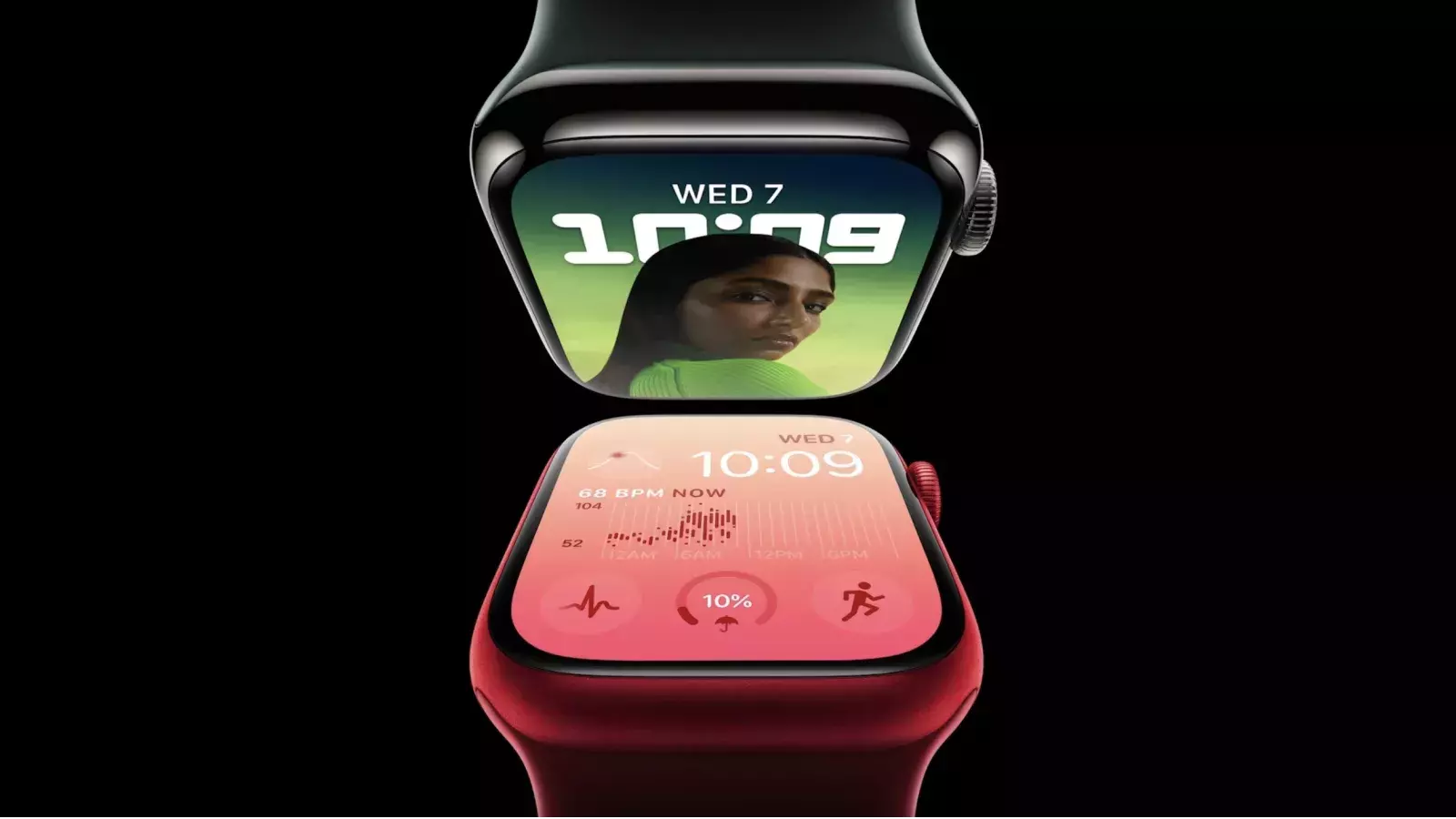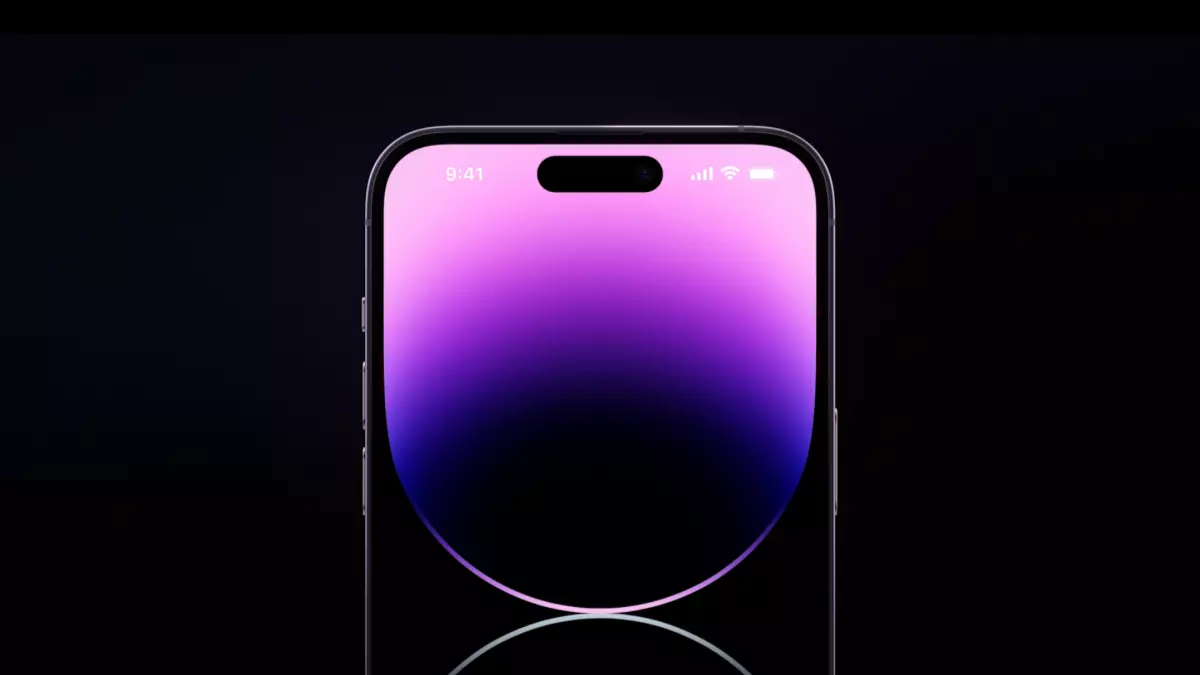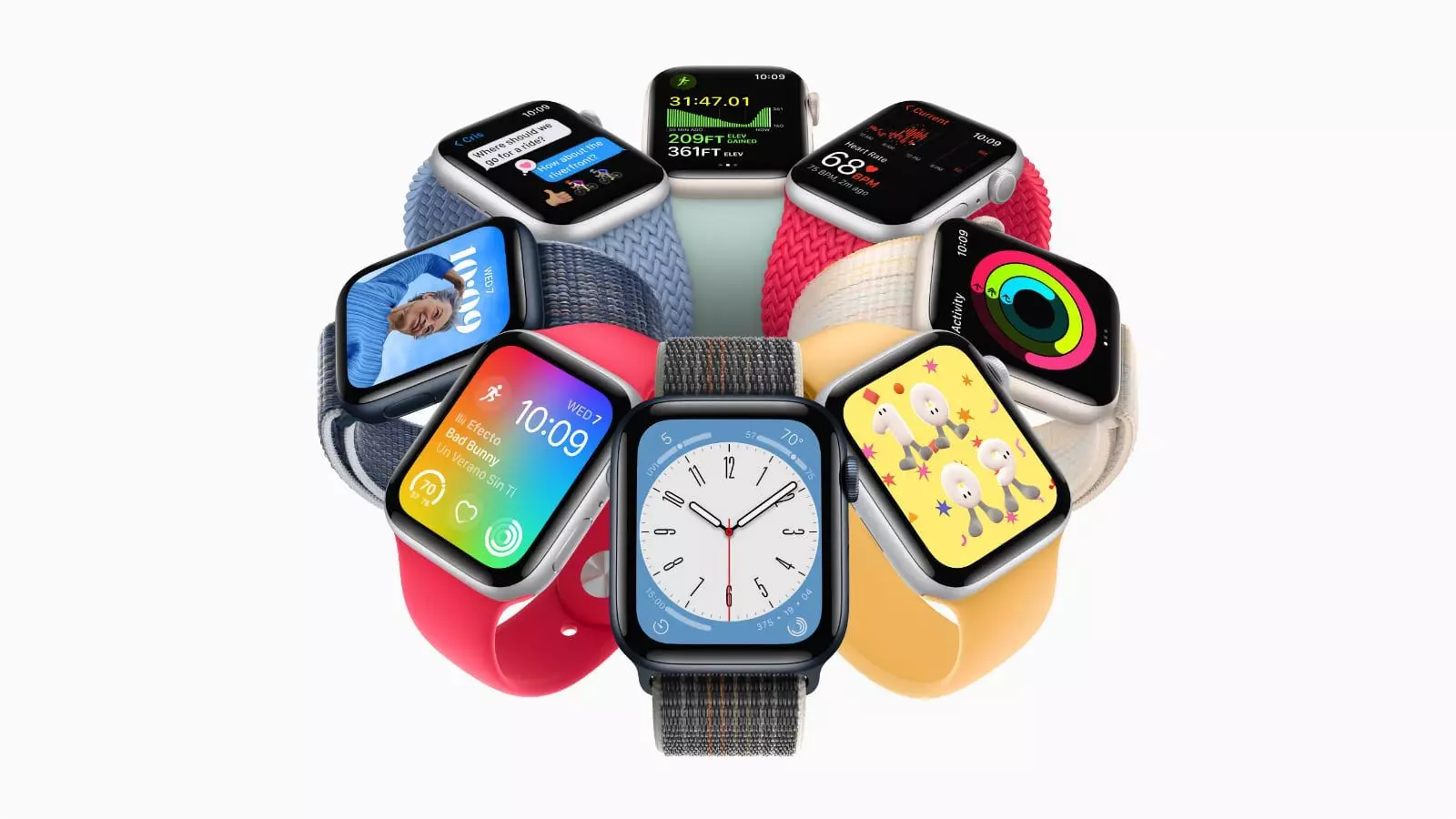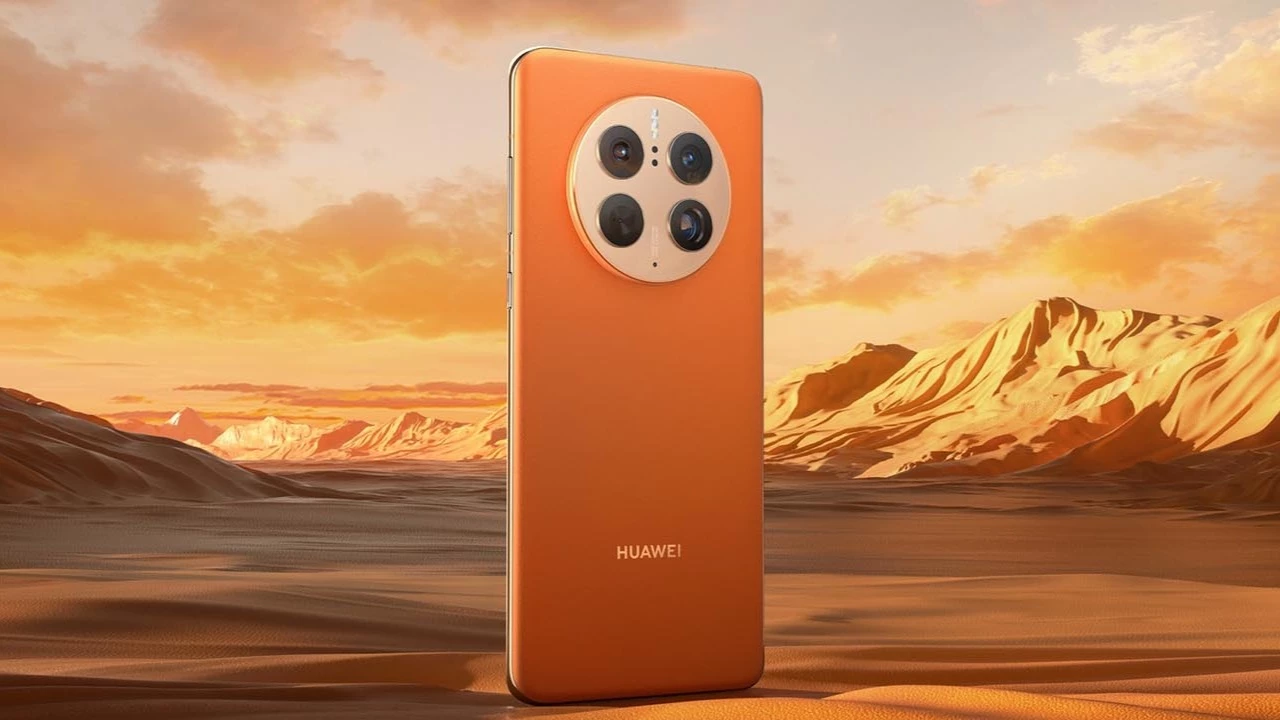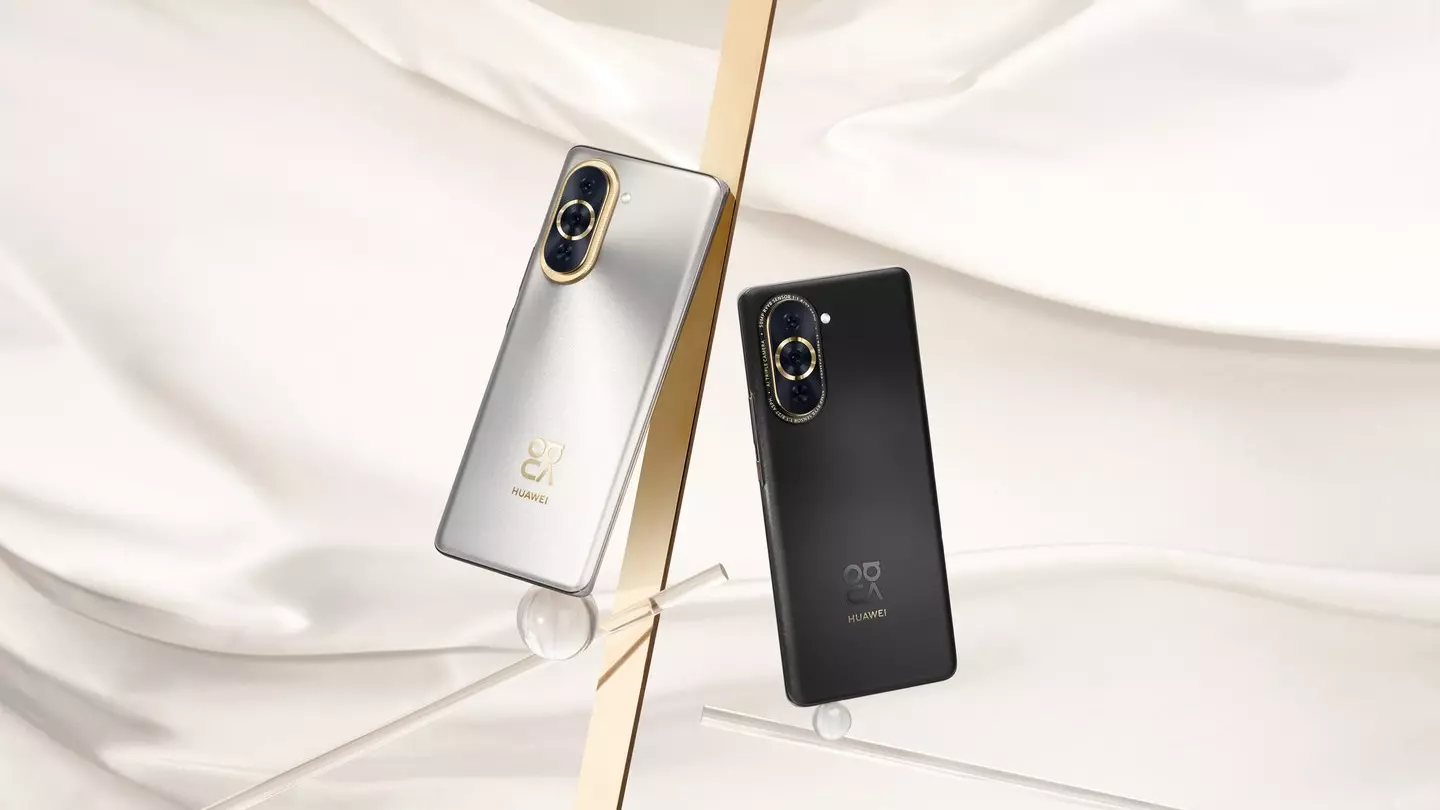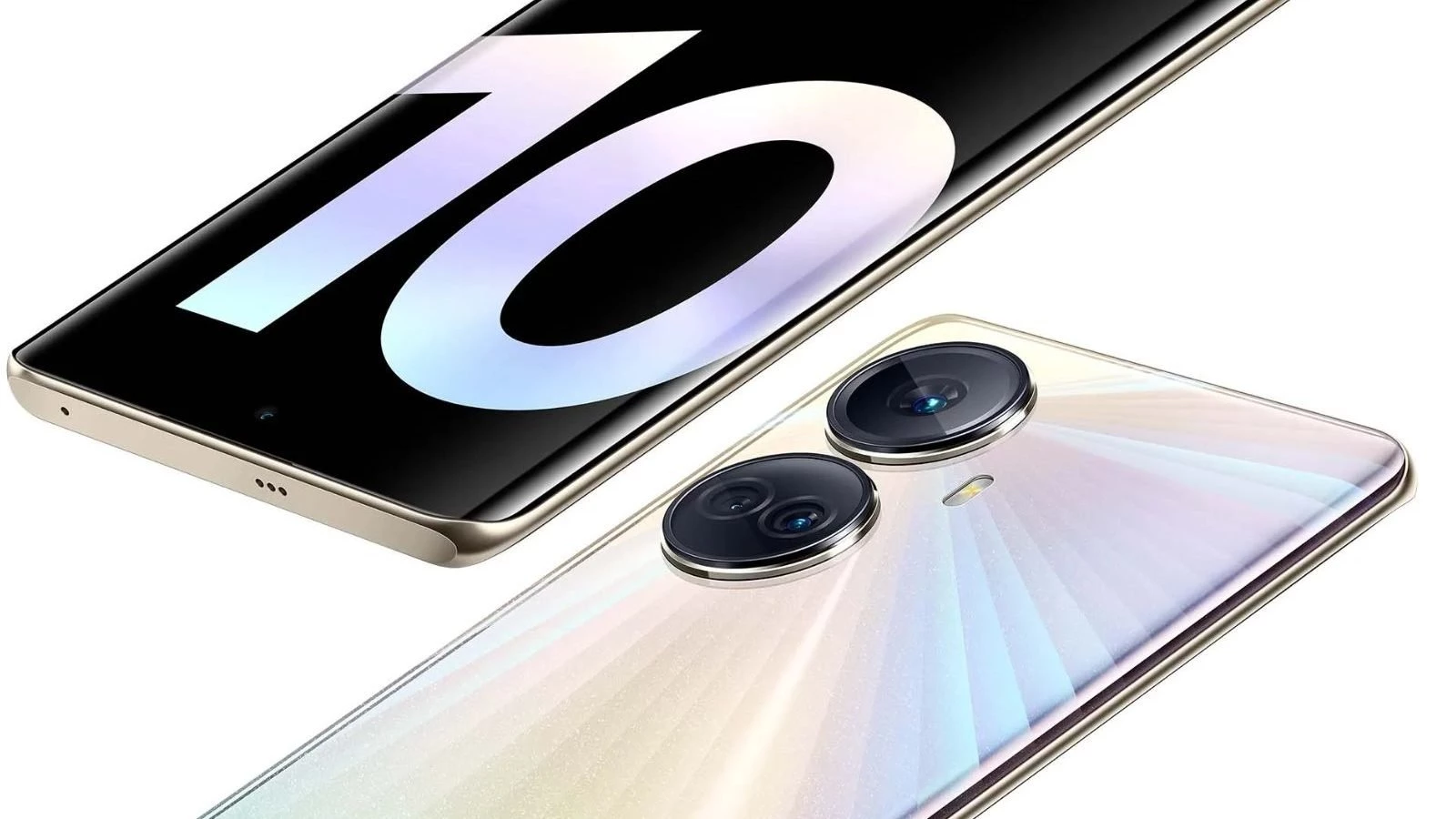Nothing Phone 1 Review
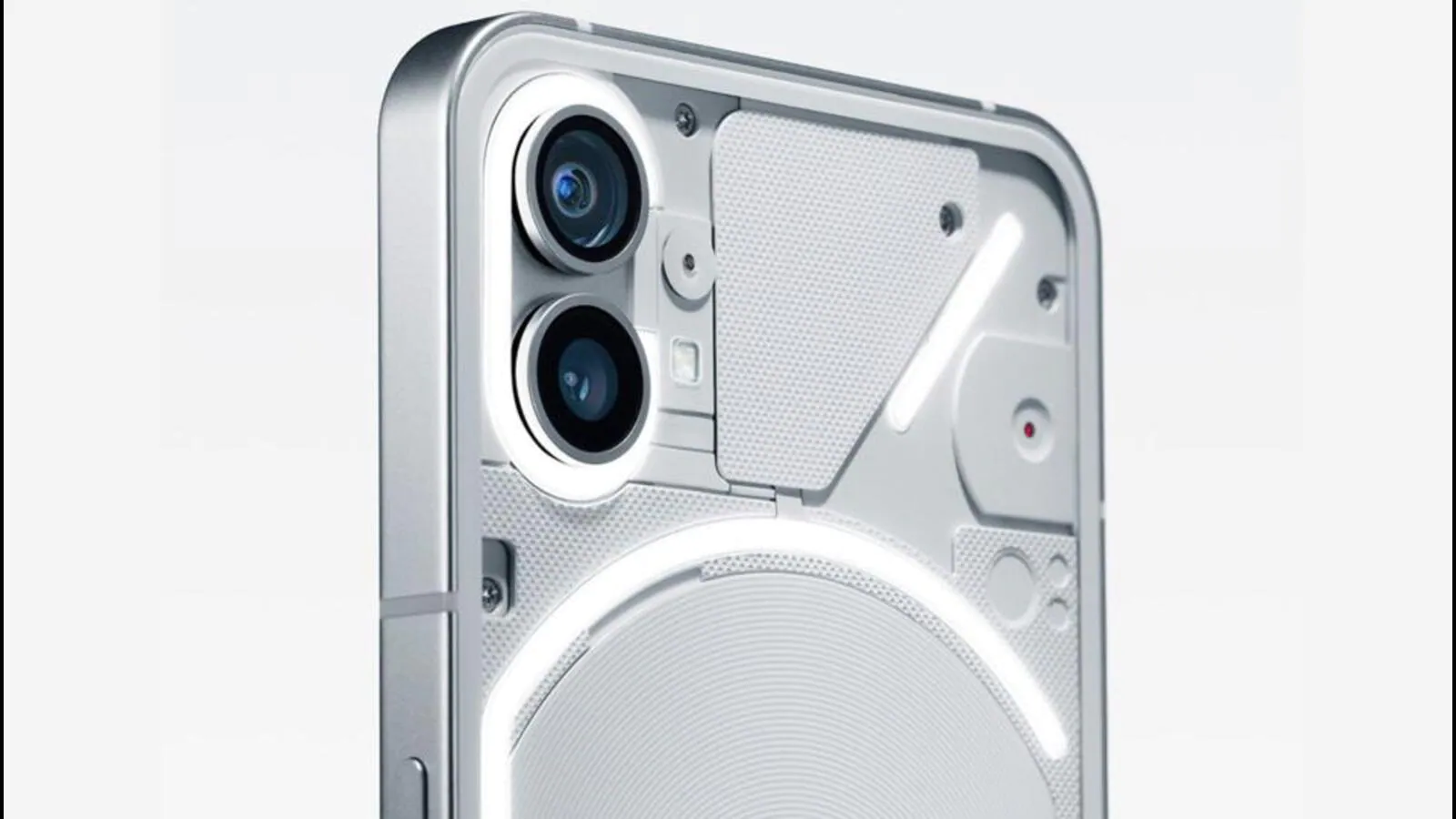
Content
Nothing Phone Review (1): The Most Beautiful Android Smartphone Ever Founded by Carl Pei, Nothing is about breaking down barriers between people and technology to create a seamless digital future. Let's look at the example of the first device of the brand, how things are with the present.

Who is this Nothing Phone of yours?
- Smartphones with Android OS, but without imposed services and proprietary crutches, on powerful hardware and with long-term support quickly attracted attention. But after a couple of generations, the brand's devices lost all their features and stopped breaking out of the mainstream. And without a product understandable to a wide audience, OnePlus has become so bad that even its firmware is no longer available – the phones have been transferred to the OPPO shell.

- As you might guess, Phone (1) is the brand's first smartphone. They promoted it with all their might, interest was fueled through controlled leaks of images with an unusual design, and value was stuffed with sales attempts by invites (as OnePlus once did). And we managed to create a buzz! The new product was written about in the media, users discussed its style, and the company collected enough pre-orders – although the model did not become a “flagship killer” ;, but rather performed as an average, albeit with a bright appearance.
Best in class hardware
- Snapdragon 778G+. What could be better than a popular, fast and cool processor? Only his special version! The partnership between Nothing and Qualcomm has resulted in a custom Snapdragon 778G+, designed specifically for Phone (1). Compared to the regular 778, this one is 5% faster in CPU and 10% faster in graphics.
 Characteristics:
Characteristics:
- It turned out really well: In everyday use, the phone works without lags and even in heavy games it produces a stable 60 fps with minimal throttling.
- Memory: They did not save on RAM (from 8 to 12 GB of fast LPDDR5) with a 128 or 256 GB UFS Storage 3.1 drive. SD cards, as usual with modern smartphones, are not supported. The communication capabilities of the Phone (1) are almost top-notch, but not without reservations. The Qualcomm X53 dual SIM modem is responsible for mobile communications – when 5G is finally launched in the USA, communication will be at full speed. The current networks are also in order – the smartphone confidently holds the signal. But eSIM support was not delivered. The reasons for this decision are not clear, and it looks strange in 2022.
Wireless connections
But there is Wi-Fi 6 on board, Bluetooth 5.2 and NFC. Of course, with a security chip that allows you to pay by phone: Google Pay will work abroad, MirPay will work here. The application does not swear at certificates, calmly adds a card and works with local terminals on the first try, so you don’t have to worry about this topic. The smartphone also sees the satellites of 5 global positioning systems at once – GPS, GLONASS, BDS, GALILEO and QZSS – finding them instantly and with confident reception. But the transfer of information over the wire is slow. Thanks to the USB 2.0 protocol packed into a Type-C connector. On the other side, who now uses wires to transfer files to a computer?
Glows with happiness
 Appearance is the virtue of Nothing Phone (1). Karl Pei admitted in an interview that when creating a smartphone, he and his team were guided by the design of the iPhone. There are indeed similarities: the same proportions, chopped edges, aluminum frame, flat screen, and camera layout. Estimated at 159.2 × 75.8 × 8.3 mm, it feels like the Chinese created the iPhone 12 Max on Android. It may seem large to someone, but this is a tribute to fashion.
Appearance is the virtue of Nothing Phone (1). Karl Pei admitted in an interview that when creating a smartphone, he and his team were guided by the design of the iPhone. There are indeed similarities: the same proportions, chopped edges, aluminum frame, flat screen, and camera layout. Estimated at 159.2 × 75.8 × 8.3 mm, it feels like the Chinese created the iPhone 12 Max on Android. It may seem large to someone, but this is a tribute to fashion.
Display
- The display is excellent. This is a 6.55-inch AMOLED matrix with an aspect ratio of 20:9. Screen refresh rate – from 60 to 120 Hz, the typical brightness is 500 nits, and the peak brightness reaches 1200, and all this with a completely invisible PWM. The color reproduction is exceptional, there is support for HDR10+.
 But the most unusual thing when compared to other Android smartphones is the same frames. Even the new Pixel 7 has a small “chin”, but not here.
But the most unusual thing when compared to other Android smartphones is the same frames. Even the new Pixel 7 has a small “chin”, but not here.
- Nothing, employees achieved this by bending the screen control board inside the smartphone – The solution was again spied on by Apple. According to the manufacturer, this step doubled the cost of the screen module, but what you won’t do for perfection. Looks wonderful, especially considering the price of the device.
Ergonomics
It is convenient to hold phone (1) in your hand – unlike the iPhone, it does not cut your palm. The assembly of the novelty is of high quality, and it weighs 193.5 grams, which is less than the iPhone 13 Pro with its steel frame. The buttons are spaced apart on different sides and are pressed clearly, with a slight click. However, the vibration is not for everyone: when making a call, it is soft and quiet, and when typing on the keyboard, it is hard. Until the tactile feedback of Apple devices still grow and grow.
Back panel
Of course, the main feature of the smartphone is the rear panel. It is transparent, and not like Xiaomi with a fake back in Mi 8, but for real. A wireless charging coil, cables, bolts, and glyphs are visible through it. These are such luminous things for notification of calls and messages, as well as working as a flashlight when shooting.  The view is already impressive, and when the glyphs are activated, delight from others is ensured. And the owner too. Now the user has 20 backlight options: 10 each for calls and notifications. Well, the hidden option is “Music Visualization”: when you turn on the player, the glyphs flash to the beat of the sounds. To the best of your ability.
The view is already impressive, and when the glyphs are activated, delight from others is ensured. And the owner too. Now the user has 20 backlight options: 10 each for calls and notifications. Well, the hidden option is “Music Visualization”: when you turn on the player, the glyphs flash to the beat of the sounds. To the best of your ability.
Zero useless cameras
On the back side of Nothing Phone (1) there are only 2 cameras, main and wide-angle. Carl Pei explains this decision simply: 2 good cameras are better than 1 good camera and a few bad ones. And you can't argue. Cameras:
Cameras:
- The main camera. The main camera received a time-tested 50 MP Sony IMX766 sensor with f/1.88 aperture. There is support for optical and digital stabilization. With daytime shooting, the device copes with 4 plus, giving the correct white balance and good detail. In the evening, night mode comes to the rescue – in it, Phone (1) collects enough light to get decent shots. Yes, the quality does not reach shooting in daylight, but the algorithms will tweak the frame – and it will fit for social networks. And if you make portraits, glyphs will come to the rescue in the role of illumination. They give more uniform illumination than a flashlight, which has a positive effect on the quality of the photographs. And the brightness cannot be compared with a regular flash.
- The wide-angle camera. The wide-angle camera also received a 50 MP module, but a little newer – Samsung JN1 with f/2.2 aperture. It only has electronic stabilization, but there is an advanced autofocus that allows you to make high-quality macro. Photos come out warmer than on the main sensor, and the detail at the edges of the frame is inferior to the central part. But in landscape shots, this is invisible. But the macro abilities surprised: even with insufficient light, the result is decent. You just need to aim well and hold your smartphone firmly because any movement can ruin the photo.
- The Camera application. It is concise, there is a choice of shooting modes: you can hide the extra ones, and customize the frequently used ones for yourself … In a word, it’s nice to use.
- Video recording. What can't be called a strong point of Phone (1) is video recording. The software is not finished yet. When creating two clips in a row, the first one can turn out to be jerky, and the second one can be perfectly smooth. And until you shoot, you won’t guess whether there will be lags on the recording or not. But if you're lucky, then in the daytime there will hardly be any complaints about the quality of shooting.
- Main module. On the main module, the stabilization is excellent – even with active walking, there is a minimum of shaking. Autofocus works quickly, the white balance is correct, except that the dynamic range is small. However, this can be easily fixed with a software update. The lack of optical stabilization and the dark optics of the width require sunny weather to get a good result.
- Main camera, high level of detail, almost lacking contrast.
- The processor. The processor supports video encoding in 1080p at 60fps and 4K at 30fps. There is also support for HDR video, but its implementation is still lame: the effect is weak, and the video is recorded in Full HD at 30 frames per second. There is a simple slow motion at 1080p and 120 fps. Competitors with slow motion recording are doing better. We are waiting for updates.
- Selfie camera. The heart of the selfie camera is the Sony IMX471 sensor, equipped with an autofocus lens with f / 2.45 aperture. The front camera does the same with the iPhone 13 in terms of image quality, it even creates portraits with virtual bokeh quite well – it carefully cuts out the background and gently blurs it. But with the video, everything is not so clear because fps is locked at 30. And this is in 2022.
Average autonomy in the middle segment
- Autonomy. Nothing Phone (1) does not set records for autonomy – after all, it has a large and bright display, and the battery has a capacity of 4500 mAh. So, the charge is enough for average use with 6–8 hours of screen time. If you watch YouTube via Wi-Fi with 50% brightness, then 7% of the charge is consumed in an hour, and already 8% via the mobile network. Of Duty: Mobile will require about 17% battery capacity.
Autonomy:
- Quick Charge 4.0. To replenish the battery, you can use fast charging at 33 W of the Quick Charge 4.0 standard.
- Charging speed. Such a charger will replenish the energy supply from 0 to 50% in 30 minutes, and to 100% in 70. Yes, competitors have 80 W “boilers” that fill the battery with electrons to the top in half an hour, but here a good compromise is provided between the charge replenishment rate and battery life.
- Wireless charging. It is also possible to recharge the charge wirelessly – in this case, the power is limited to 15 watts. The operation will take a little over two hours. At the same time, it is recommended to remove the case from the smartphone – this way you can reduce heat and prolong battery life. There is also support for reverse wireless charging at 5 W: you can throw a fitness tracker or headphones with energy for a couple of hours.
- The launch of the smartphone from Nothing. The launch of the first smartphone from Nothing did not go too smoothly. At the start of Phone (1) they scolded for a burn-in screen, broken pixels around the front camera, fogging of the camera block, peeling glyphs, buggy firmware. Manufacturers considered the criticism: after 5 months, buyers do not complain about problems with iron. We are actively working on the firmware – the seventh version has already been released the other day.
Operating system
Specifications
- Display. 6.55”, AMOLED, 120Hz, QHD+, HDR10+.
- Processor. CPU Snapdragon 778G+. GPU Adreno 642L.
- Memory. 8/12 GB LPDDR5. 128/256 GB UFS 3.1
- Battery. 4500 mAh
- Cameras. Rear 50MP + 50MP (114˚ Ultra-Wide)Front 16MP.
- Dimensions. 159.2 × 75.8 × 8.3 mm, 193.5 grams
- Features. Clear back, Gorilla Glass 5, glyphs, IP53.
- GeekBench 5. Single-core – 805, multicore – 2908, OpenCL – 2392, Vulcan – 2637.
- Autonomy. Up to 14 hours of video playback, up to 24 hours of operation in mixed mode.
Summary
Karl Pei did not deceive: Nothing Phone (1) is really fast due to its lightweight shell and software optimizations. At the same time, the novelty shows decent autonomy, considering the unusual hardware and the coolest AMOLED screen, which does not hurt the eyes. Yes, and it’s hard to find fault with cameras – it’s not an iPhone, of course, for recording video, but you can compare prices. 
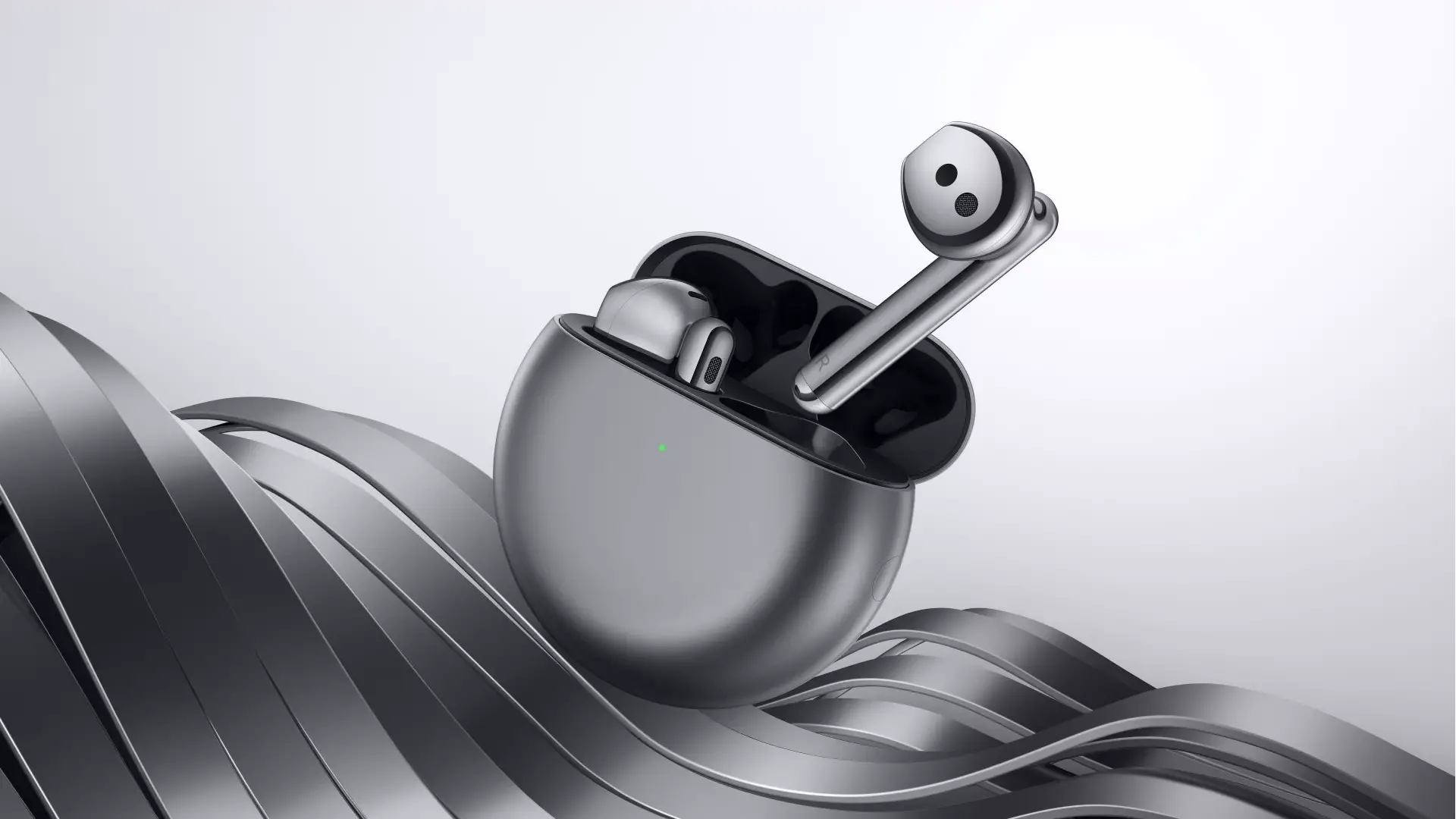 Huawei FreeBuds 4 Review
Huawei FreeBuds 4 Review
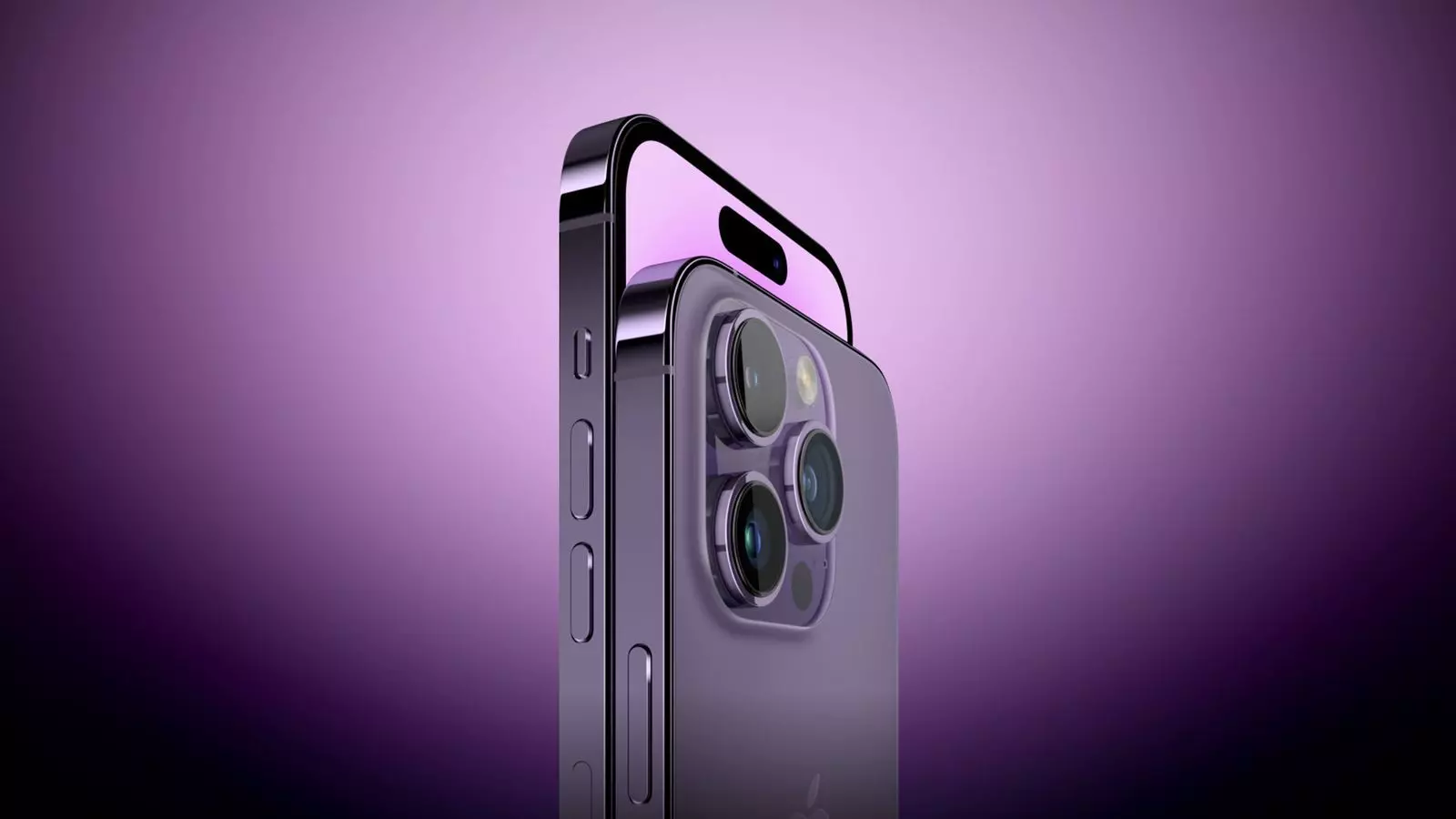 Apple iPhone 14 Pro Max Review
Apple iPhone 14 Pro Max Review

